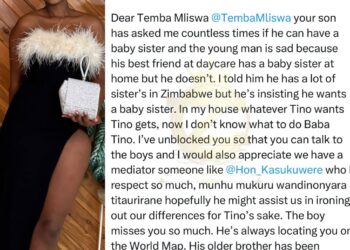Cholera has affected 62 districts in Zimbabwe, with the El Niño-induced drought worsening the outbreak as nationwide water shortages persist.
According to the latest report from the International Organisation of Migration (IOM) Zimbabwe, the drought has severely limited access to clean water, thereby contributing to the spread of cholera.
Health reports indicate that as of April 26, 2024, there have been 33,004 reported cases of cholera, resulting in 703 deaths, with a cumulative case fatality rate of 2.1%.
While some provinces have reported declining numbers of cholera cases, Mashonaland Central province remains a concern due to its high daily case count and the presence of active districts, particularly along the border areas of Centenary, Mt Darwin, and Mbire, where cross-border transmission risk is heightened.
The drought has forced farmers to sell their livestock at discounted prices to cope with food shortages, exacerbating economic challenges in rural areas.
For instance, in Plumtree, Matabeleland South province, communal farmers are selling cattle at significantly lower prices than before due to poor pasture and water scarcity, impacting their livelihoods.
Despite these challenges, communities like Madabe village are taking proactive measures, such as constructing their own dam with assistance from organizations like Caritas, to address water shortages and mitigate the impact of the drought on their livelihoods.
However, the mass destocking of livestock, while necessary for short-term survival, poses long-term consequences for rural households’ incomes and food security.
The USAid Famine Early Warning Systems Network (FewsNet) warns that approximately 9,000 cattle have perished due to drought-related conditions in Zimbabwe this year, with over 1.4 million cattle currently at high risk due to scarcity of pasture and water, signaling a potential increase in livestock deaths during the dry season.
Source Southern Eye









